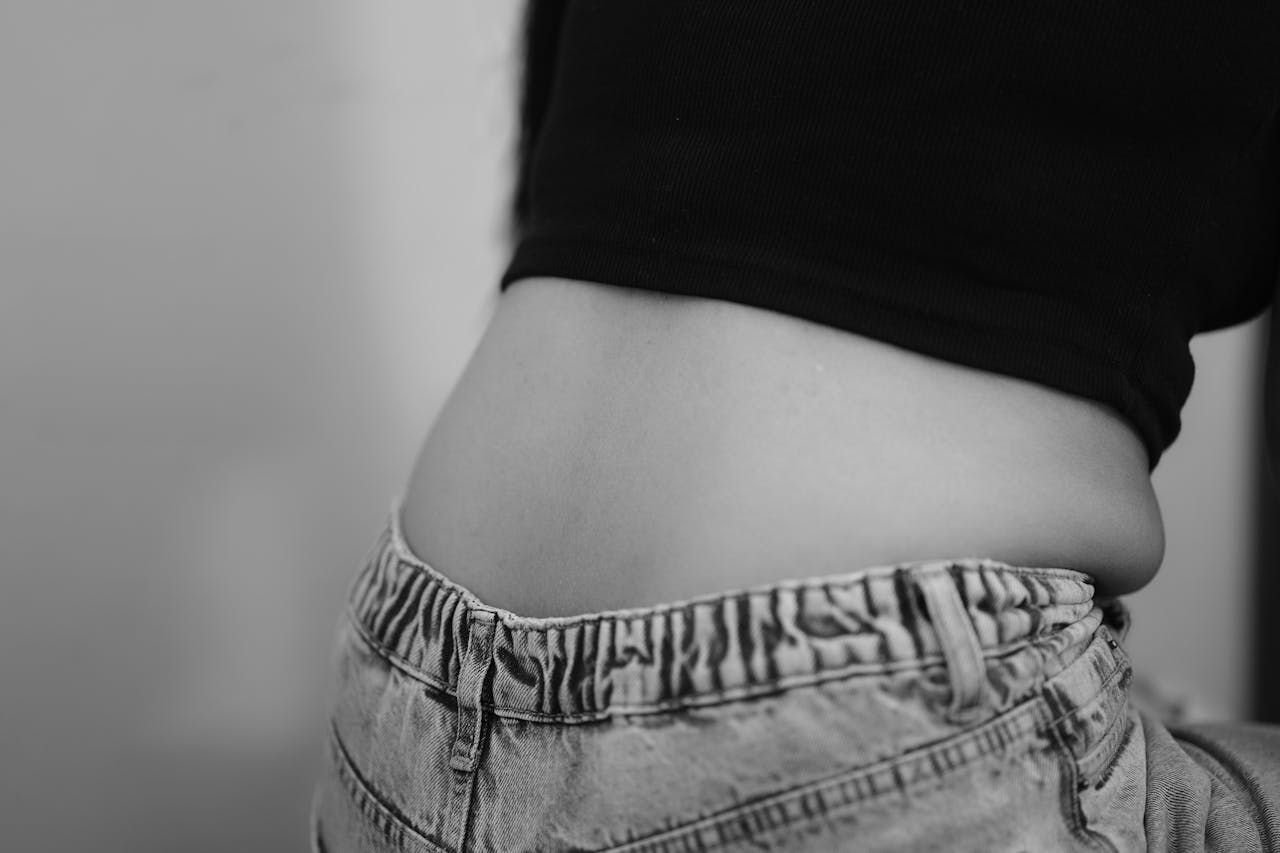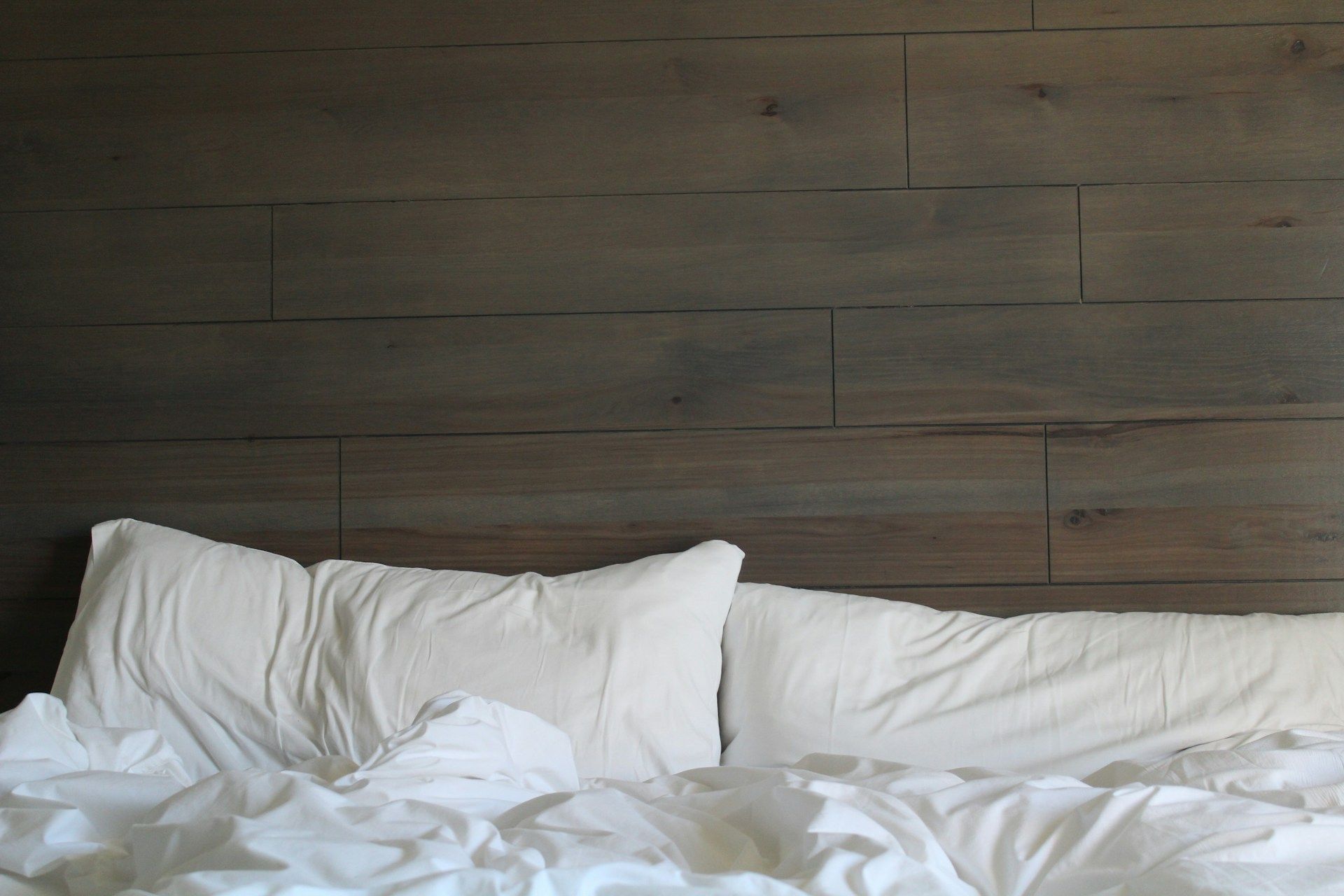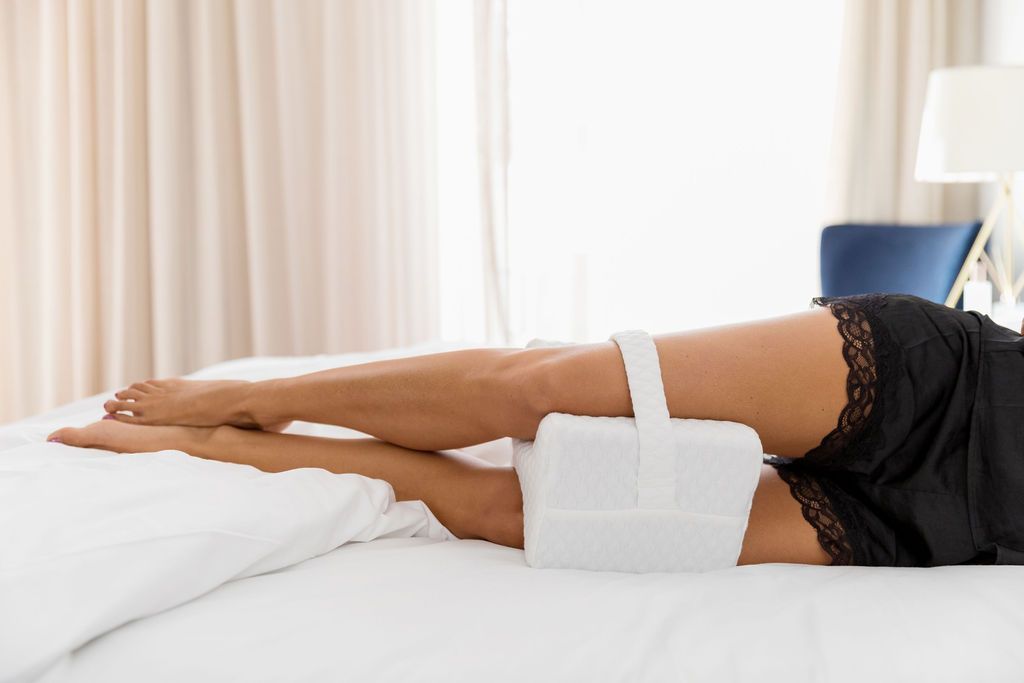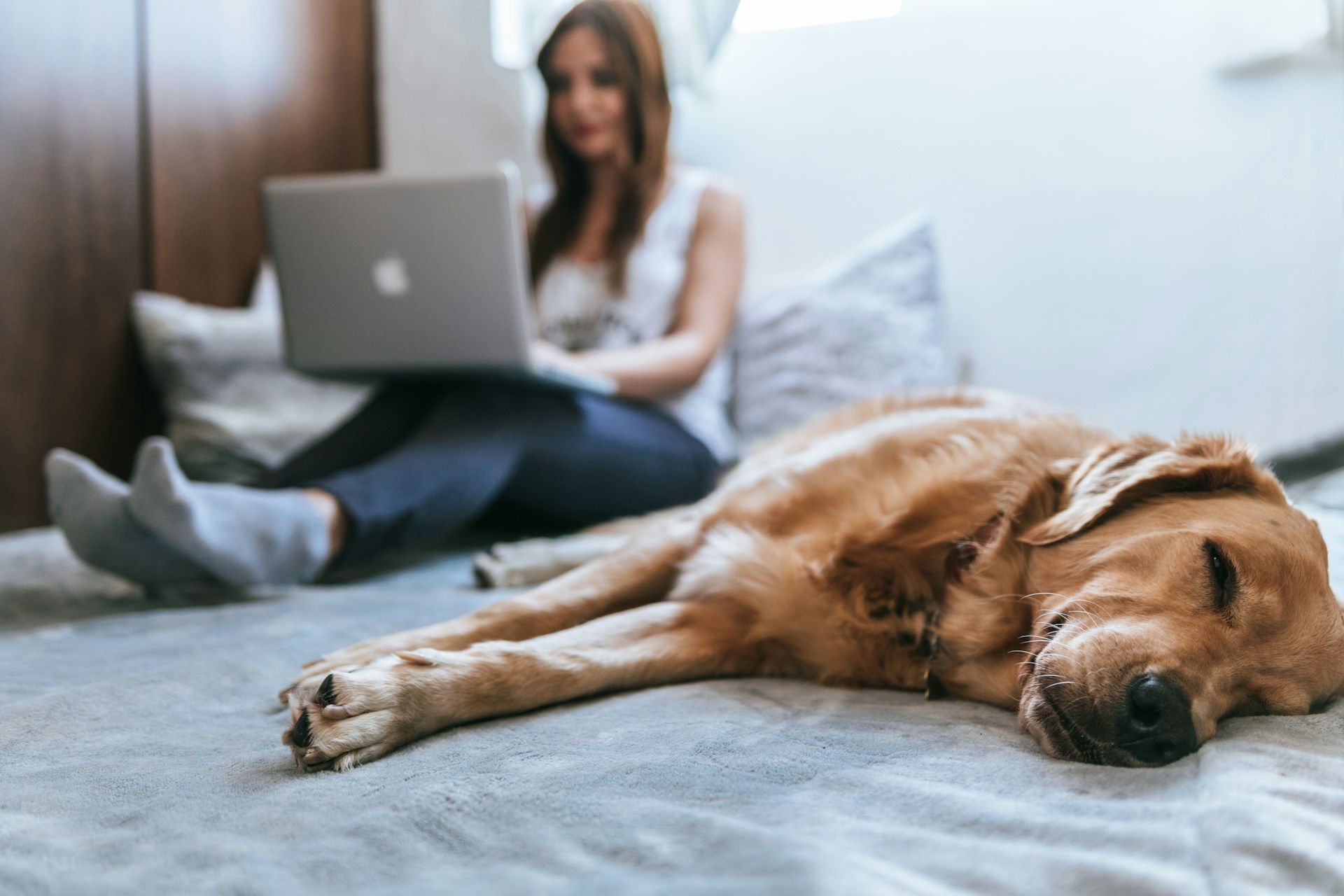How To Choose The Best Pillow For Lower Back Pain
Written by Dr. JoAnn Giesenhaus

Lower back pain is one of the most frustrating things to wake up with, especially when it lingers throughout the day.
It’s often caused by poor posture or an unaligned spine, and if you’re sleeping or standing in an awkward position, you’re more likely to feel those aches and pains in the morning. Not exactly a great start to the day.
If your lower back pain tends to show up first thing in the morning, a specialised pillow can help reduce discomfort and sometimes solve the issue entirely.

Choosing the Right Pillow for Lower Back Pain
Factors To Consider When Looking for the Best Pillow for Lower Back Pain
Firstly, you need to know what factors to consider. When choosing a pillow for lower back pain, examine:
- The inner and outer materials
- Pillow shape
- Pillow size
- Firmness
- Low or high loft
Types of Lower Back Pain Pillows
Pain relieving pillows come in lots of different shapes and sizes. Here are the most effective options to consider.
- Memory foam pillows - Memory foam pillows reduce strain and pressure on your neck and spine. These can help with lower back pain, but they’re mainly used for sore necks and upper back pain.
- Lower body pillows - Lower body pillows are best for lower back pain relief. These pillows cradle your legs, ensuring your spine and pelvis align comfortably throughout the night. The Groove X Lower Back Pain Relief Pillow takes the pressure off your hips and thighs to ensure your sleeping position is healthy, even if you’re sleeping on your side. The pillow is created from bamboo-infused memory foam and even has antibacterial properties to keep your bed fresh.
- Backrest pillows - A backrest pillow comes in a wedge shape to support you while sitting up. This can reduce strain on your back during the day, making it easier to sleep at night. But you’ll also need a pillow for the night to keep your back supported.
- Hybrid pillows - A hybrid pillow gives you softness and firm support. This is a popular option for those used to sleeping with down pillows. However, it’s less supportive than memory foam or a lower-body pillow.
Where To Place Pillow for Lower Back Pain
The best way is to sleep with the pillow under your legs, which helps keep your pelvis in alignment while you rest.
If you sleep on your side, place the pillow between your knees. If you sleep on your back, place it under your knees. Both positions help keep your spine in a neutral position and reduce tension in your lower back.
You can use a regular pillow for this, but a specialised lower back pillow is designed to stay in place and provide more targeted support. The Groove X Pillow comes with an ergonomic loop wraps to keep everything secure while you sleep.
Shop Groove X Knee Pillow
What Else Can You Do To Help Ease Back Pain
It’s also worth looking at your sleep hygiene. This simply means the habits and routines you follow before bed. Poor sleep hygiene can contribute to ongoing aches and pains, especially if those habits have built up over years (www.betterhealth.vic.gov.au, n.d.). Making a few changes can go a long way toward better sleep and less discomfort.
Good sleep hygiene includes:
- Waking at the same time every day.
- Going to bed when tired.
- No screens before bed.
- Not working in your bedroom.
It’s also crucial to address your sleeping position. Knowing how to sleep on your side properly can save you from a twisted back or extra lower back pain.

Other Ways to Decrease Lower Back Pain
Interested in other ways to reduce discomfort? Try these other at-home lower back pain remedies to reduce aches and pains.
- Stretch every morning - Stretching in the morning should be on everybody’s to-do list. This activity loosens tight muscles and aligns your posture before starting your day. Try some sunrise yoga or simply touching your toes to get started.
- Improve your posture - Bad posture is a leading cause of back pain, especially if you spend long hours sitting down. Combat office posture by using an ergonomic chair or a lumbar support pillow.
- Strengthen your core - Adding core-strengthening exercises to your routine will improve your posture and spinal alignment and increase muscle strength.
- Seek medical advice - If you’re suffering from chronic pain, a trip to the doctor can help you work out if there are any underlying issues.
Final Words
Invest in your sleep and back health today. The Groove X Lower Back Pain Relief Pillow is designed to relieve aches and pains while promoting deep sleep.
Shop All Memory Foam PillowsReferences
- Prommanon, B., Puntumetakul, R., Puengsuwan, P., Chatchawan, U., Kamolrat, T., Rittitod, T. and Yamauchi, J. (2015). Effectiveness of a back care pillow as an adjuvant physical therapy for chronic non-specific low back pain treatment: a randomized controlled trial. Journal of Physical Therapy Science, 27(7), pp.2035–2038. doi:https://doi.org/10.1589/jpts.27.2035.
- Vinstrup, J., Jakobsen, M.D. and Andersen, L.L. (2020). Poor Sleep Is a Risk Factor for Low-Back Pain among Healthcare Workers: Prospective Cohort Study. International Journal of Environmental Research and Public Health, 17(3), p.996. doi:https://doi.org/10.3390/ijerph17030996.
- www.betterhealth.vic.gov.au. (n.d.). Sleep hygiene | betterhealth.vic.gov.au. [online] Available at: https://www.betterhealth.vic.gov.au/health/conditionsandtreatments/sleep-hygiene#:~:text=.
About The Author
Dr. JoAnn Giesenhaus is a dedicated chiropractor with over 20 years of experience, committed to helping people achieve vitality and live life to the fullest.
An expert in Corrective Care Programs, utilising advanced technology like Posture Screen, Sit Screen testing, Motion Study X-Rays, Arthrostim, and Vibracussor for gentle, effective spinal adjustments.

